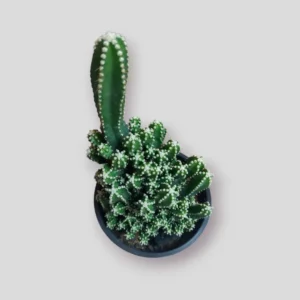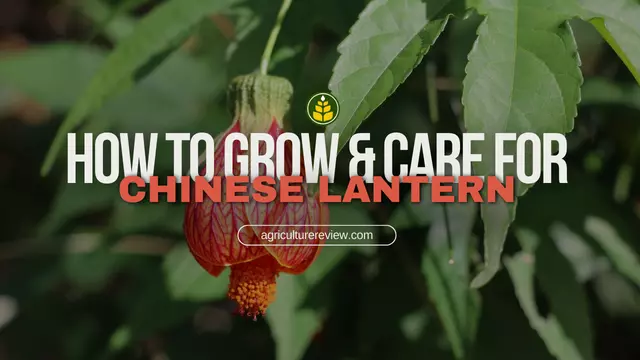The Fairy Castle Cactus, also known as Acanthocereus tetragonus, is a species of cactus that is native to Central America & the Caribbean. This cactus is a popular houseplant because of its interesting and unique shape. They grow tall and narrow, resembling a miniature castle, with several columns or branches that rise from the base of the plant.
The Fairy Castle Cactus blooms from spring to end of summer and produces small, white to yellow flowers that open at night and close during the day.This cactus plant has a long history of use in traditional medicine. In Central America, the plant’s stem is often boiled and consumed as a tea to treat various ailments, including digestive issues, fever, and inflammation.
How To Grow & Care For Fairy Castle Cactus?

- Climate: You can grow Fairy castle cactus in warm & dry climates where temperature ranges from 16-29° Celsius during the day & 10-21° Celsius at night.
- Soil & Potting Mix: They grow in well drained, porous sandy soils. Prepare potting mix with 50% river sand + 50% cinder media.
- Sunlight: To get best results, keep them under bright indirect sunlight. At least 6 hours of sunlight daily is necessary for better growth.
- Watering: As other cactus plants, they also hates waterlogged soil. Apply water only when growing medium becomes completely dry. Avoid overwatering as it can cause root rot.
- Fertilizers: They are not heavy feeders, to promote growth you can apply a handful of neem cake fertilizer + 1 teaspoon bonemeal during active season which extends from spring to end of summer.
- Pests & Diseases: Although, they are tolerant to most of the pests & diseases, but in severe cases aphids, mealybugs, or root rot can damage your plant. Use neem oil spray to control aphids. To prevent fungal diseases like root rot, avoid overwatering. During rainy season, shift your plants under shade.
If you have any queries, ideas or suggestions, then please comment below. You can also connect with Agriculture Review on Facebook, Instagram, Koo and WhatsApp Messenger.








